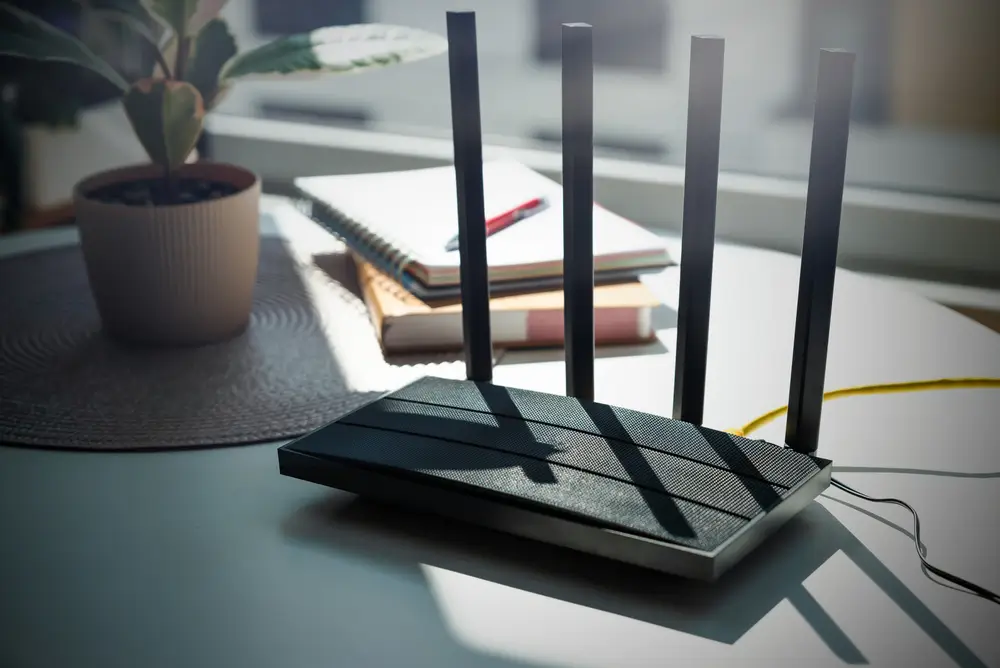
In the rapidly evolving world of internet connectivity, choosing the right Internet Service Provider (ISP) can be a daunting task. With the advent of Starlink, SpaceX’s satellite internet service, the landscape has shifted dramatically, offering new options for consumers worldwide. This article provides a comprehensive comparison between Starlink and traditional ISPs, highlighting key differences, benefits, and potential drawbacks to help you make an informed decision.
Understanding Starlink and Traditional ISPs
Starlink is a satellite internet service developed by SpaceX. It utilizes a constellation of low Earth orbit (LEO) satellites to provide high-speed internet access globally, particularly targeting underserved and remote areas where traditional broadband services are limited or unavailable.
Traditional ISPs, on the other hand, offer internet services through various technologies such as Digital Subscriber Line (DSL), cable, fiber-optic, and fixed wireless. These services typically rely on extensive ground infrastructure, including cables and towers, to deliver connectivity.
Speed and Performance
Starlink: Starlink promises impressive speeds ranging from 50 Mbps to 250 Mbps, with latency between 20 to 40 milliseconds. This performance is achieved through its LEO satellites, which are much closer to the Earth compared to traditional geostationary satellites, reducing latency and increasing speed.
Traditional ISPs: Speeds vary significantly depending on the technology used. Fiber-optic connections offer the highest speeds, often exceeding 1 Gbps, with low latency. Cable internet provides speeds up to 1 Gbps, but with higher latency than fiber. DSL speeds are generally lower, ranging from 1 to 100 Mbps, with latency depending on the distance from the service provider’s hub.
Coverage and Accessibility
Starlink: One of Starlink’s standout features is its ability to provide internet access in remote and rural areas where traditional ISPs struggle to reach. The satellite-based system does not rely on extensive ground infrastructure, making it a viable option for users in isolated locations.
Traditional ISPs: Coverage is highly dependent on infrastructure. Urban and suburban areas typically enjoy extensive coverage with multiple high-speed options. However, rural and remote areas often face limited options, with slower speeds and less reliable service.
Installation and Equipment
Starlink: Installation involves setting up a satellite dish, modem, and mounting tripod. The process is user-friendly and can be completed with minimal tools. Starlink Installation Pros offer custom mounting solutions to ensure optimal performance and aesthetics.
Traditional ISPs: Installation varies by technology. Fiber and cable installations usually require a professional technician to run cables and set up modems and routers. DSL installations are simpler, often requiring only a modem and phone line connection.
Reliability and Stability
Starlink: Starlink’s performance can be affected by weather conditions such as heavy rain, snow, or strong winds. However, the system is designed to withstand various weather conditions, and ongoing improvements aim to enhance reliability.
Traditional ISPs: Reliability depends on the infrastructure. Fiber and cable connections are generally stable and less affected by weather. DSL connections can be impacted by line quality and distance from the service provider’s hub.
Cost and Pricing
Starlink: As of now, Starlink’s service costs $99 per month, with an upfront equipment fee of $499. While this is higher than some traditional options, it offers a unique solution for areas with limited connectivity.
Traditional ISPs: Pricing varies widely. Fiber-optic services are typically more expensive, with monthly fees ranging from $50 to $100 or more. Cable and DSL services are more affordable, with plans starting as low as $20 per month, but higher speeds and better reliability come at a higher cost.
Customer Support and Service
Starlink: Starlink is still expanding its customer service infrastructure. Users report mixed experiences, with some praising the responsiveness and others noting delays. However, the company’s commitment to improving service is evident.
Traditional ISPs: Established ISPs often have robust customer support systems, including 24/7 helplines, online chat support, and in-person service centers. Customer experiences vary widely, with some ISPs known for excellent support and others criticized for poor service.
Environmental Impact
Starlink: The deployment of thousands of satellites has raised concerns about space debris and the long-term sustainability of space activities. However, SpaceX is actively working on mitigation strategies, such as designing satellites to burn up in the Earth’s atmosphere at the end of their life cycle.
Traditional ISPs: Ground-based infrastructure has a different set of environmental impacts, including the use of materials for cables and towers and the energy consumption of data centers. Fiber-optic networks, while resource-intensive to install, are more energy-efficient in the long run.
Conclusion: Which is Right for You?
Choosing between Starlink and traditional ISPs depends on your specific needs and circumstances. Starlink offers a groundbreaking solution for those in remote or underserved areas, providing high-speed internet where traditional options fall short. However, for users in urban and suburban areas with access to fiber-optic or high-speed cable, traditional ISPs may offer faster speeds and more stable performance at competitive prices.
Ultimately, the decision hinges on factors such as location, budget, speed requirements, and the importance of reliability. As both Starlink and traditional ISPs continue to evolve, consumers will benefit from the increasing competition and innovation in the internet service market.
FAQs
1. What is the main advantage of Starlink over traditional ISPs?
- Starlink’s main advantage is its ability to provide high-speed internet access in remote and rural areas where traditional ISPs cannot reach due to lack of infrastructure.
2. How does Starlink’s latency compare to traditional satellite internet?
- Starlink’s latency is significantly lower than traditional satellite internet, thanks to its low Earth orbit satellites. Users can expect latency between 20 to 40 milliseconds, compared to 600 milliseconds or more for traditional satellite services.
3. Can Starlink handle multiple devices and heavy internet usage?
- Yes, Starlink is designed to handle multiple devices and supports activities such as streaming, gaming, and video conferencing, making it suitable for households with heavy internet usage.
4. Is Starlink available globally?
- Starlink is rapidly expanding its coverage and is currently available in many countries. However, availability varies, and users should check the Starlink website for the most up-to-date information on service areas.
5. What are the long-term plans for Starlink’s network?
- Starlink aims to continue launching satellites to improve coverage and performance. The long-term goal is to provide global high-speed internet access, with ongoing enhancements to speed, reliability, and service offerings.


